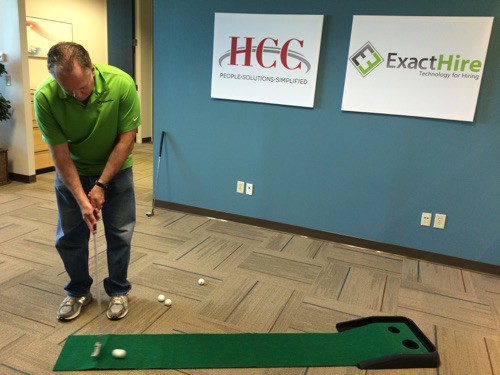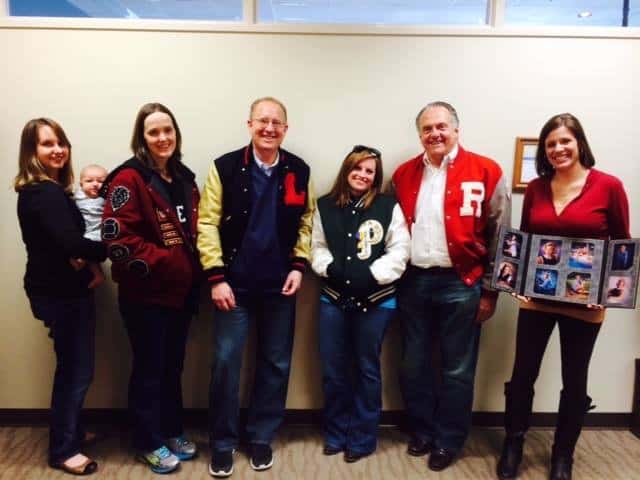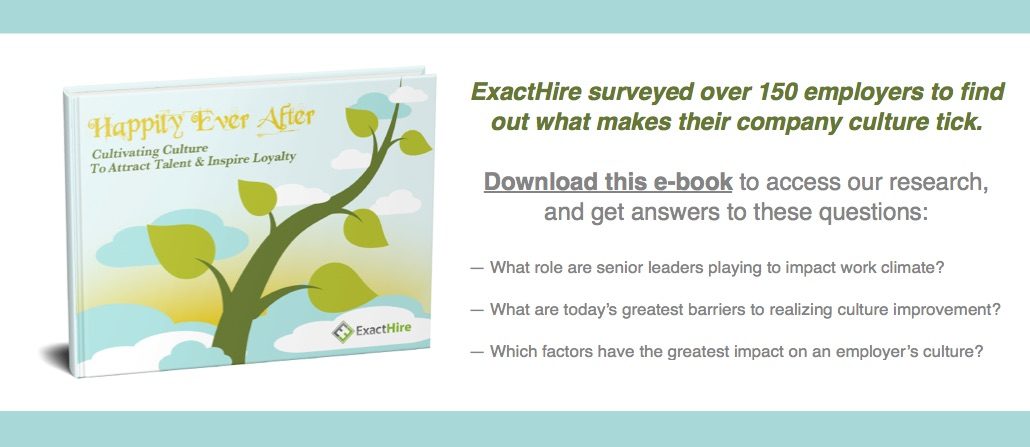Employee Retention – How To Keep Your A+ Employees
Ah…employee retention. The topic of conversation that swirls around every HR networking event, conference and seminar. And…turnover–the subject of most leadership meetings and one of the biggest challenges facing every industry and company. Businesses that succeed and survive are typically led by adaptable problem solvers able to tackle some of the biggest challenges they face. So why is combating employee retention and turnover still such a problem for so many employers?
People–that’s why. Plain and simple, people. Since no two individuals are the same, no single retention strategy can work for all. Sure you can do standardized things that will keep some employees engaged and employed just a little while longer, but an ultimate end will ensue if you don’t customize.
All too often leaders involved in tackling the retention problem are blinded by their own idea of retention, their own personal motivation to stay. The problem is, most likely, this motivation is not the same for anyone else. Engagement and retention are personal topics and everyone has their own drivers and motives. To tackle the challenge on a one-to-one basis you must be able to grasp the motivations of each individual.
This involves a focus in two key areas:
- First, you must know the wants, needs and desires of each of your employees. Then, you must decide if you are willing to accommodate those items. Hopefully, if you did your job in the hiring process, you have already identified the fit. An applicant tracking system can leverage technology to make it easy to gather the answers you need from employees to assess their potential job fit during the hiring process.
- The second step is to provide the feedback and environment an employee needs to continue to grow and be successful. Both of these tactics require taking an individualized approach.
Retention is About Meeting Needs
All humans have basic needs. As such, all employees have basic needs. If you analyze Maslow’s Hierarchy of Needs you can see how they apply to the workplace as well. Employees who are able to fulfill their needs are more engaged, happy and willing to put forth discretionary effort to succeed and further the business. Likewise, you are more likely to retain them.
Why We Work
Our basic physiological needs drive us to work and provide for ourselves. Fundamentally we work to earn money, pay bills, buy food and acquire shelter. Employers have the least influence on fulfilling this need as trading time for money can be accomplished in any organization, industry or career field. At this level, employees are only compliant; doing what is required to sustain a paycheck in a safe manner. You will retain an employee only as long as you can meet their compensation needs within a secure environment.
What We Do
After the basic needs are achieved, we look to contribute and belong to a community. We select a career that satisfies this “need to belong.” This is the basic premise of why people chose to do what they do. Engagement now increases as employees are doing what they want to do with desirable peers. If they can no longer achieve this need, they will go somewhere else to achieve it.
Where We Work
This is different for everyone! You’ve chosen what you want to do, now you want to do it in the best possible environment. You want the best possible support and resources to do what you love to do. We have many choices in deciding where to work. Ideally we all want to work where we feel that we can be successful and most able to build our sense of self–our esteem. At this level employees are highly engaged; doing what they want and where they want.
Why We Stay
The need employers struggle to fulfill the most, is the need for continued growth and fulfillment. This need is so individualized that there has to be a perfect match with an employee. Companies that crack this code have much higher retention rates than their peers. Employees who have achieved this level are fully engaged and more likely to put forth a greater amount of discretionary effort. An organization must take a customized and individualized approach in addressing this need.
The more of these needs you can meet as an employer, the more likely an individual is to remain with the company. So how do you work to meet these needs? It’s a simple process, really. It starts with sitting down and having an open and honest conversation with employees about their needs and what motivates them. Identify their drivers, with them, and then work together towards achieving them.
Retention is About Facilitating Growth and Success
Let’s face it, today’s workforce does not have loyalty to an employer, nor loyalty to a particular industry or career field. The term “career” is defined much differently than in the past. The traditional definition of a career was working for one company your entire life–either doing the same job for 30 years or climbing the ladder. Today’s career is more loosely defined relating to intertwining paths one would like to take which may involve multiple employers, industries and disciplines.
Some would categorize today’s workforce as full of “job hoppers.” In reality, they are “experience hoppers.” Consequently, continuous growth and development opportunities continue to rank above compensation in employee exit interviews and engagement surveys.
So what is an experience hopper? Employees will work somewhere as long as they can continue to get the growth, development and experience they need to support their defined career path. If they can’t get it at their current employer, they will go elsewhere. When today’s employee stops learning and growing it marks the point at which he starts looking for a new job.
So how do we anticipate this pivotal point and work to accommodate an appropriate growth environment to circumvent it? Two ways: constant communication and constant feedback.
Constant Communication
Employees need to feel valued and appreciated. More importantly they need to feel that you care about what they are doing and are genuinely interested in what they are doing. Nobody wants to feel like a number or a commodity. Frequent meetings with employees to discuss their work will go a long way in keeping them engaged and feeling good about what they are doing.
Constant Feedback
A core requirement for the continued growth of employees is constant feedback. Today’s employees require frequent commentary on their performance to stay motivated. In fact, most put this ahead of a paycheck. You can no longer take the approach that no news is good news or in this case, no feedback is good feedback. That’s not going to fly anymore. Withholding feedback will kill an employee’s motivation. And, only giving negative feedback will send them running for the doors.
In the end, retention is really about building a relationship with your employees. This isn’t the same as a friendship, but rather a relationship that fosters an environment of open communication, support and feedback. Which, when done correctly, will foster an environment of engagement and retention.
Photo Credit: Pexels












